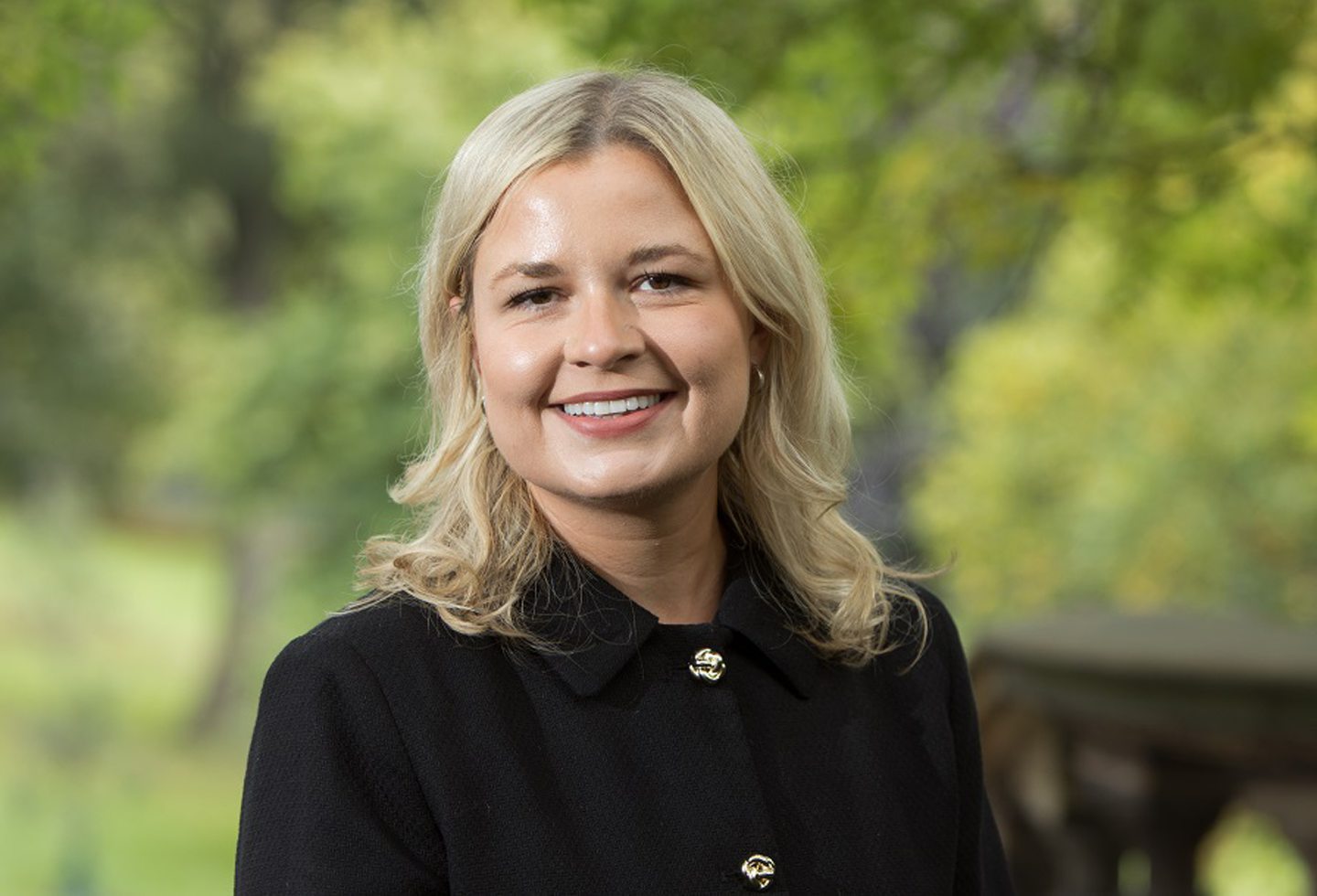Chancellor Rachel Reeves’ recent inheritance tax changes in the Autumn Budget have garnered a lot of headlines.
-
Some Courier online content is funded by outside parties. The revenue from this helps to sustain our independent news gathering. You will always know if you are reading paid-for material as it will be clearly labelled as “Partnership” on the site and on social media channels,
This can take two different forms.
“Presented by”
This means the content has been paid for and produced by the named advertiser.
“In partnership with”
This means the content has been paid for and approved by the named advertiser but written and edited by our own commercial content team.
The changes to 100% relief on qualifying agricultural and business assets over £1 million could have potentially major consequences for some.
But what will be the biggest change for the average person?
We spoke to Kirsty Preston, a partner in the private client team at law firm Lindsays.
Kirsty pointed to the new rules regarding pension pots as one of the most significant inheritance tax takeaways from the Budget.
Up until now, pension funds have largely not been subject to inheritance tax. But from April 2027 the majority of unused pension funds will be included as part of an individual’s estate for inheritance tax purposes.
Effect of inheritance tax changes on pension pots
So what does that mean for your estate?
Kirsty said: “Imagine an individual has personal assets totalling £500,000 and a pension fund of £500,000. Under the existing rules, it would only be the personal assets of £500,000 in the majority of cases which would be subject to inheritance tax on death. The new rules as of 2027 will mean that the combined £1 million will be subject to inheritance tax once any nil-rate bands and other available reliefs and exemptions are deducted. This is a big change that will impact many – I would recommend that individuals review their circumstances and take professional advice to ascertain what planning options may be available to them.”
A potentially complicating factor in this equation is inflation. With property prices traditionally rising year on year, while the nil rate band has been frozen at £325,000 until at least 2030, more and more estates will be liable for inheritance tax.
Kirsty added: “For example, a house with a current market value of £250,000 might be worth £300,000 in 2030 depending on the market and other factors. As the Nil Rate Band is frozen at the £325,000 mark and hasn’t moved in line with inflation for many years now, this could easily bring more estates into an inheritance tax paying bracket as properties and other assets increase in value, depending on other exemptions and reliefs available at the time of the person’s death.”
What can I do to reduce my liability for inheritance tax?
There are a number of mitigation strategies you can employ to reduce the inheritance tax on your estate. These include:-
Annual gifting exemption – An individual is entitled to make tax-free gifts up to £3,000 each tax year. If no gifts are made in one tax year, the £3,000 can be carried forward to the next tax year. The carry forward applies to one year only.
Small gift exemption – Individuals can make small gifts of up to £250 in each tax year to any number of different recipients. This exemption cannot be combined with any other exemption.
Gifts in consideration of marriage or civil partnership – Various sums are completely exempt from Inheritance Tax when the gift is made in consideration of a person’s marriage or civil partnership. Each parent can gift £5,000, each grandparent £2,500 and all other individuals £1,000.
Gifts to charity – There are various exemptions for gifts to charity, major political parties or for national purposes.
Normal expenditure out of income – Where an individual makes regular gifts out of surplus income, such gifts are fully exempt from inheritance tax. It must be shown that the gifts are made out of income, that there is a pattern of giving and that the gift does not reduce the donor’s standard of living.
Potentially Exempt Transfers: the seven year gifting rule – A Potentially Exempt Transfer (PET) is an outright gift, made during lifetime, in excess of the annual exemption (of £3,000). An individual must survive for 7 years from the date of the gift in order to ensure that the value of the gift is not included in their estate for Inheritance Tax purposes.
Get the right advice?
The first step to managing your estate’s liability to the inheritance tax changes is to seek advice from an expert.
Lindsays is a trusted name in estate planning and inheritance tax guidance, offering clients a wealth of expertise to protect their assets and ensure smooth transitions for future generations. Their team of specialists provides tailored advice that navigates the complexities of inheritance tax law, helping clients maximise the value passed on to loved ones. They work closely, where necessary, with their clients’ other professional advisers (accountants and financial advisers) to achieve this.
The firm creates estate plans that are both efficient and flexible through a thorough understanding of individual family dynamics and financial goals, accommodating changes in personal circumstances or legislation. The Lindsays team will advise on wills, trusts, and lifetime gifts, carefully structuring each plan to reflect the client’s wishes while staying tax-efficient. They also cover powers of attorney, guardianships and advice on handling care home costs.
From complex estates to straightforward bequests, Lindsays’ compassionate and clear approach to estate planning reassures clients that their legacies are secure.
Kirsty Preston is available to advise people across the full range of Private Client matters to organise their personal affairs. Find out more about how Kirsty can help you. You can reach her by emailing kirstypreston@lindsays.co.uk
Lindsays also has Private Client lawyers at its offices in Edinburgh, Glasgow and Perth. For more information, head to www.lindsays.co.uk.



